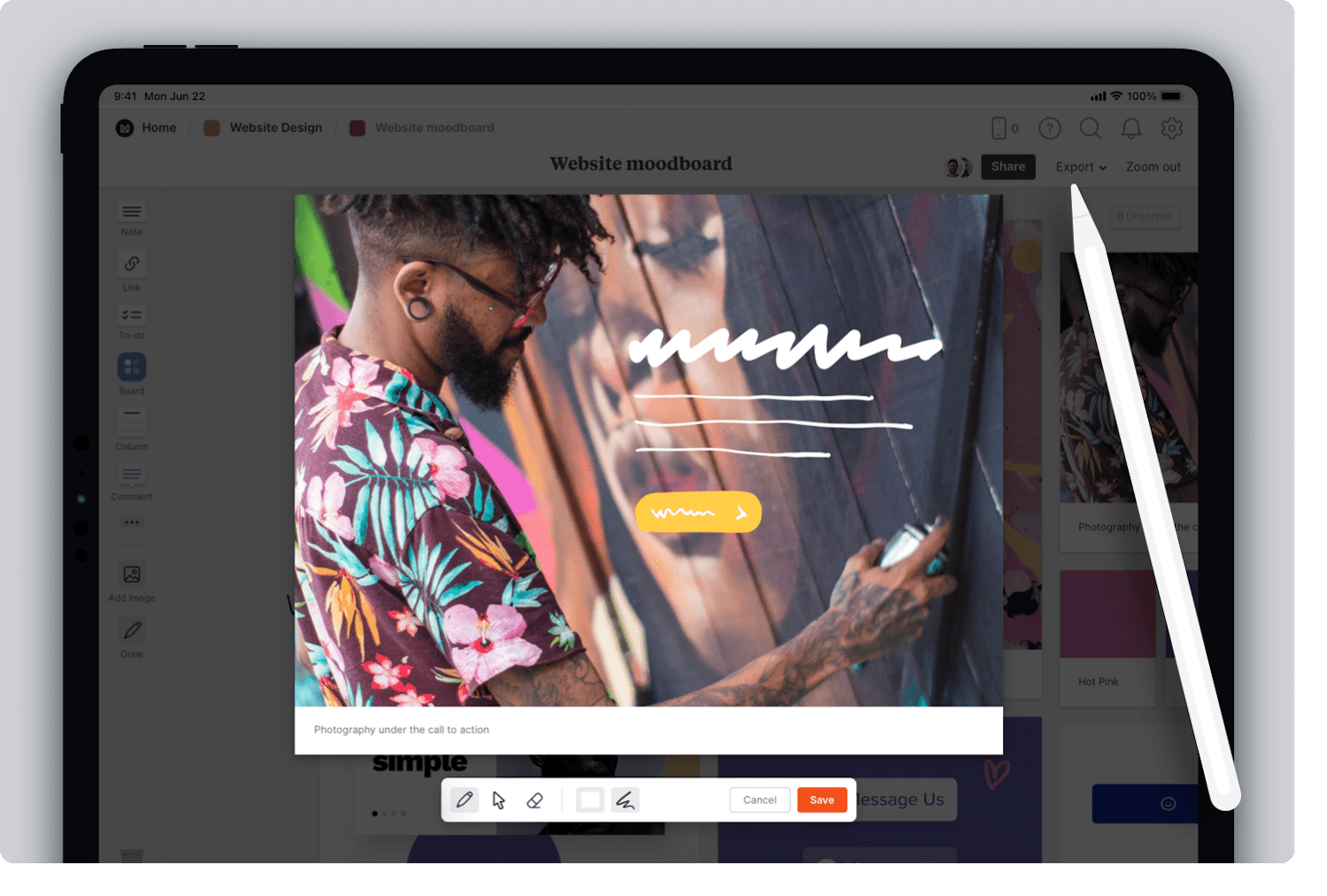Best Practices to Follow for a Successful Website Design Strategy
Best Practices to Follow for a Successful Website Design Strategy
Blog Article
Increase Interaction With Cutting-edge Internet Site Design Solutions
A thoughtfully crafted user experience, underpinned by strategic aesthetic design and interactive components, can dramatically enhance customer engagement. By discovering numerous techniques such as receptive style and customized content, services can create a system that not only mesmerizes customers yet likewise promotes lasting loyalty.

Comprehending Individual Experience
Understanding individual experience (UX) is vital for developing effective internet site design remedies, as it directly affects exactly how individuals connect with electronic platforms. An extensive UX technique encompasses various components, including customer, access, and usability fulfillment, every one of which add to the total effectiveness of a site.
To start with, functionality concentrates on just how easily users can browse and locate the info they look for - website design. A well-structured layout, intuitive navigating, and clear phone call to action are fundamental elements that enhance functionality. Access ensures that all customers, including those with disabilities, can successfully connect with the web site. This involves designing material that is certified with access standards and can be conveniently accessed utilizing assistive modern technologies.
Moreover, recognizing user characters is crucial for customizing the experience to satisfy details target market requirements. By performing user research and screening, designers can collect understandings that educate layout choices, ensuring the website not only satisfies aesthetic goals but also meets functional demands. Ultimately, a thoughtful method to UX layout cultivates interaction, motivates retention, and boosts general individual fulfillment, which are crucial for the success of any digital system.
Visual Style Strategies
Including reliable visual layout methods is vital for catching individual focus and boosting the general individual experience on a web site. A well-thought-out visual pecking order overviews users via the material, allowing them to conveniently browse and take in info. This can be achieved with the calculated usage of typography, color pattern, and spacing, which jointly produce a appealing and cohesive design.
Color plays a crucial function in evoking feelings and establishing brand identity. Utilizing a well balanced color combination that straightens with the brand's values can cultivate familiarity and depend on. Furthermore, including top quality pictures and graphics enhances aesthetic charm and can dramatically improve user engagement.
Whitespace, frequently forgot, is just as essential as it permits content to breathe and prevents frustrating customers with clutter. It promotes less complicated analysis and understanding, bring about a more enjoyable surfing experience.
Lastly, uniformity in design components-- such as button fonts, designs, and symbols-- makes sure a smooth customer journey, strengthening the brand name's professionalism and reliability. By purposefully applying these visual style techniques, internet sites can not only attract site visitors but additionally motivate them to stay longer and involve even more deeply with the web content.
Interactive Elements for Engagement
Involving users successfully frequently rests on the implementation of interactive components that welcome participation and cultivate a dynamic browsing experience. These components, including quizzes, polls, and interactive infographics, encourage customers to proactively take part as opposed to passively consume material. By incorporating such features, websites can not only catch attention yet additionally improve customer retention.

Gamification is an additional powerful strategy. Incorporating game-like components, such as accomplishments or incentives for completing jobs, can change mundane communications into delightful experiences. This approach not just improves engagement but also encourages individuals to return, creating a loyal target market.
In addition, interactive components can promote social sharing, amplifying a web site's reach. Attributes like comment sections, share buttons, and user-generated web content locations foster neighborhood communication, transforming site visitors right into active participants. website design. Inevitably, the critical use of interactive elements is essential for producing a interesting and engaging site that reverberates with users
Receptive and Flexible Style
A properly designed website must prioritize receptive and adaptive design to make sure ideal individual experiences throughout a selection of gadgets and display dimensions. Receptive layout uses liquid grids and adaptable images, allowing the layout to automatically adjust based upon the viewer's display dimension. This method guarantees that customers can easily navigate and communicate with the web content, no matter whether they are making use of a smartphone, tablet computer, or desktop computer .
On the other hand, adaptive design uses predefined formats that are customized to details device groups. This indicates that the web site detects the sort of gadget being utilized and offers the ideal format, which can improve filling times and maximize the display screen of necessary components. While both methods intend to enhance functionality, receptive design is commonly preferred for its fluidity official source and seamless transition in between gadgets.
Integrating adaptive and responsive layout not just boosts user fulfillment but also favorably impacts search engine rankings. Online search engine focus on mobile-friendly websites, therefore enhancing presence and attracting more site visitors. Therefore, purchasing these layout methods is crucial for organizations looking to involve their audience effectively and maintain a competitive side in today's electronic landscape.
Analyzing User Comments and Data
Individual responses and data analysis are vital parts of reliable web site design, as they offer beneficial insights right into customer habits and choices. By methodically collecting and analyzing individual comments via studies, usability testing, and analytics devices, designers can recognize pain points and areas for enhancement. This data-driven method enables businesses to fine-tune their website elements, ensuring that the user experience aligns with helpful resources audience expectations.
Evaluating metrics such as bounce rates, time on web page, and click-through prices uses a quantitative perspective on customer interaction. These metrics assist designers determine which web content reverberates and which locations may call for optimization. Moreover, A/B screening can be utilized to review variations in layout, permitting developers to make enlightened decisions based on user interactions.
Including user responses not just enhances internet site use yet also promotes a sense of community and trust. Involving with users through comments loopholes grows commitment and encourages repeat sees. Eventually, leveraging individual feedback and information analysis is integral to developing a dynamic, user-centered site that adapts to progressing customer needs and choices, thus driving greater involvement and complete satisfaction.
Final Thought

A thoughtfully crafted user experience, underpinned by strategic visual design and interactive components, can dramatically enhance user engagement.Incorporating reliable visual design techniques is vital for capturing individual interest and enhancing the overall user experience on a website.User comments and information evaluation are crucial parts of reliable web site design, as they supply important insights right into customer habits and choices. Ultimately, leveraging customer responses and data analysis is indispensable to producing a vibrant, user-centered site that adapts to advancing customer needs and choices, therefore driving higher interaction this article and complete satisfaction.
In conclusion, ingenious site style solutions dramatically boost customer interaction by prioritizing customer experience, utilizing reliable aesthetic strategies, and incorporating interactive components.
Report this page